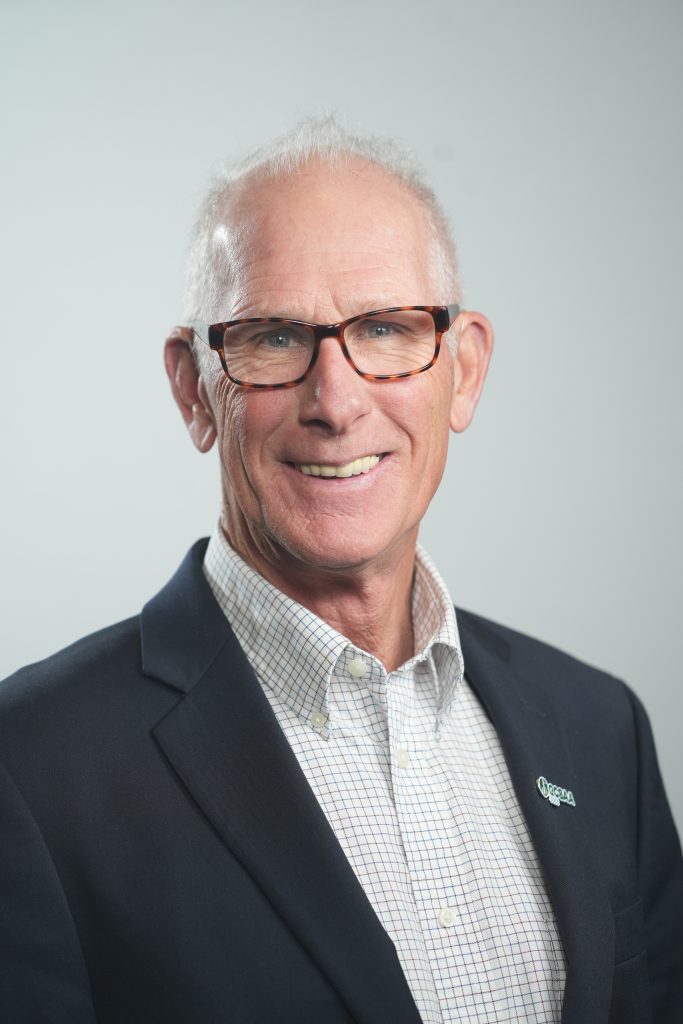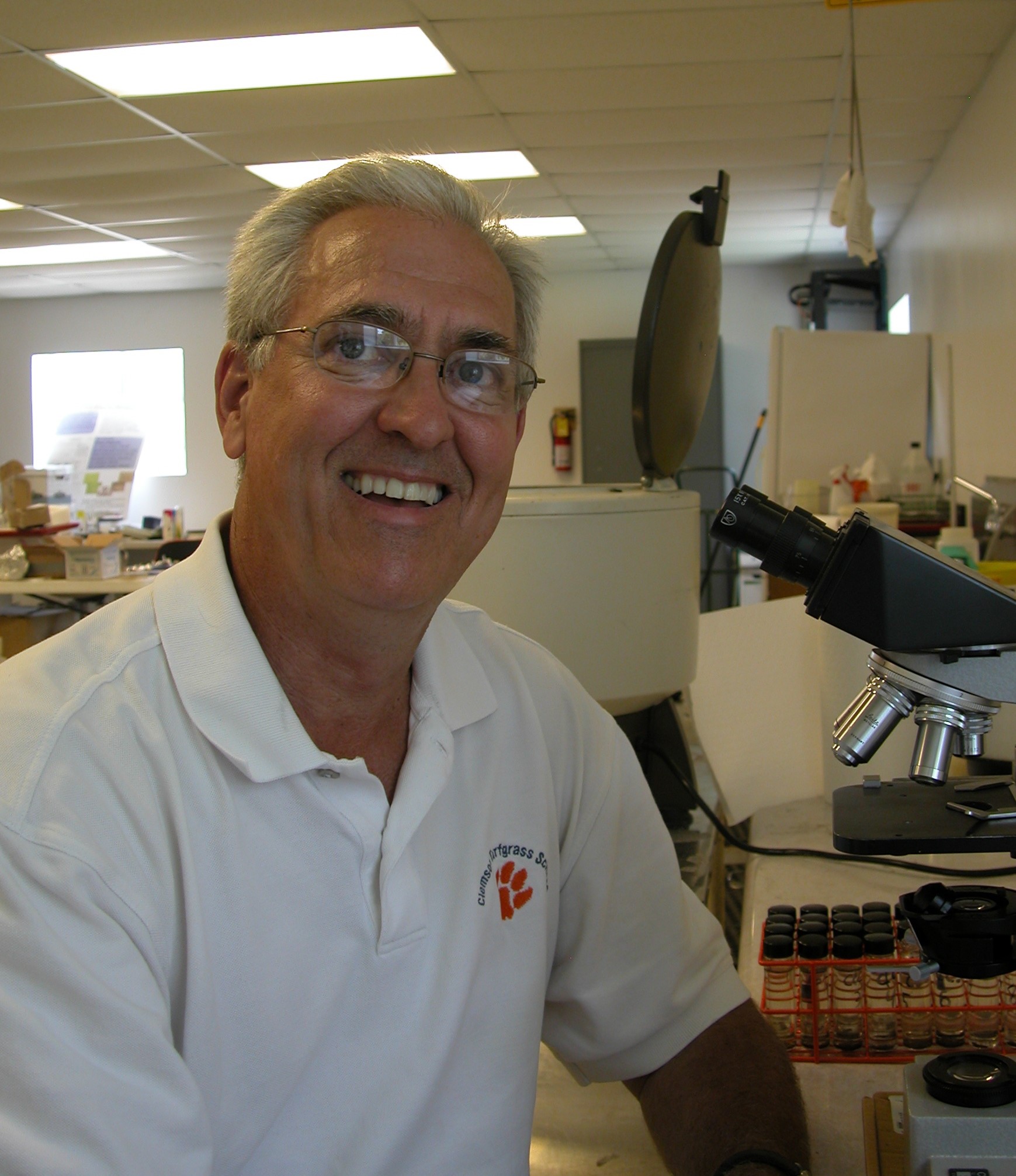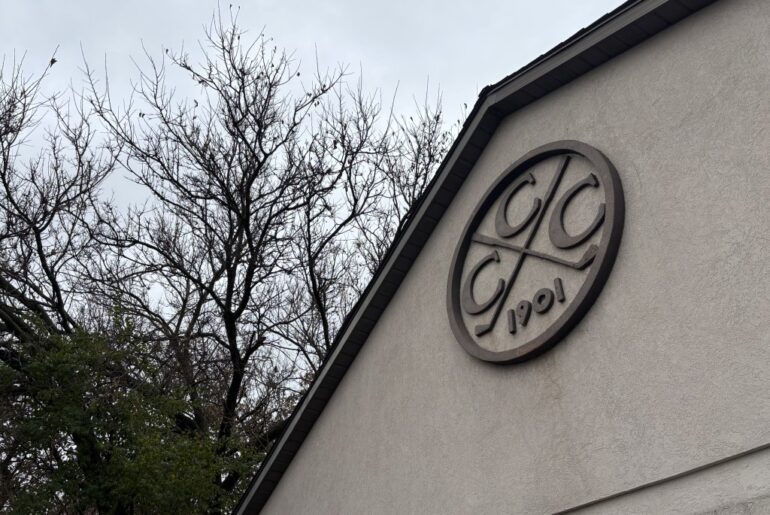The consistently good conditions of Grand Strand golf courses over the past several decades is being celebrated with the 2025 class of the Myrtle Beach Golf Hall of Fame.
Dr. Bruce Martin, a longtime plant pathologist with Clemson University based at a research facility in Florence, and Arthur L. ‘Max’ Morgan Jr., an area superintendent and director of agronomy for more than three decades, will be the next two inductees.
They will be the first members in the field of agronomy and plant pathology in what will be a 38-person hall when they are enshrined on Sept. 24 at Pine Lakes Country Club, where the Hall of Fame Garden resides.
“They are both pioneers in golf course agronomy and their contributions behind the scenes ensured that millions of visitors could enjoy world-class playing conditions year-round,” said Tracy Conner, executive director of the Myrtle Beach Area Golf Courses Owners Association, in a press release. “Their expertise, leadership and mentorship have helped shape the Grand Strand’s golf identity and their legacies will live on through the countless superintendents, agronomists and courses they influenced.”
 Max Morgan
Max Morgan
For several reasons, the Grand Strand is an area that is particularly difficult to maintain healthy grass. Its climate falls in a transition area for warm- and cool-weather grasses, which creates stress on both at different times of the year. Bermudagrass, the predominant grass on area courses, goes dormant in the winter and courses often overseed with cool-weather grasses rye and poa trivialis. The transition periods create stress on the grasses and require a lot of maintenance. The area also had dozens of courses through the 1990s with bentgrass greens, which were stressed in summer heat.
The coastal soil is sandy, which allows for drainage but also washes away soil nutrients such as nitrogen, potassium, calcium and phosphorus that are crucial for grass growth.
The area is often hit by tropical storms and hurricanes that damage and flood courses, and since a lot of area courses were built within housing developments, trees that have matured over the years on adjacent homeowner property restrict the sun and air flow that help Bermudagrass grow.
Martin and Morgan have been among the leaders in the area to overcome the challenges.
Dr. Bruce Martin
As the plant pathologist at the Clemson Pee Dee Research and Education Center in Florence, Martin was the Myrtle Beach golf market’s go-to guy when turfgrass conditions were deteriorating.
Whenever a golf course superintendent encountered dying grass or spreading disease and didn’t have an answer, they would get a sample to Martin and he’d invariably research a cure that would save the course’s condition and subsequently its financial stability.
Martin is a native of Conway, Arkansas, and earned a biology degree at Hendrix liberal arts college there. He became interested in plants in his final two years at Hendrix.
He was painting houses after graduation when he was asked if he wanted to enter graduate school, and he went on to earn a Master’s degree in plant pathology at Arkansas and later a Ph.D in turf projects from N.C. State.
He began helping the market in 1987, when as a turfgrass professor at Horry-Georgetown Technical College, he established a diagnostic lab to assist area superintendents.
At Clemson, Martin became one of the industry’s foremost authorities on turfgrass disease and nematode management. He retired after 30 years in 2018.
He provided critical diagnoses of turfgrass issues, pioneered treatment programs and conducted innovative trials to find solutions for the Myrtle Beach golf community.
His presence was valuable to area supers when courses transitioned to ultradwarf Bermudagrasses like Champion, MiniVerde, TifEagle and Sunday.

Reflecting his prominence in his field, Martin has actually named some of the diseases golf courses have battled.
In addition to solving problems with grasses in South Carolina and throughout the U.S., Martin has been summoned to numerous countries including Australia, Argentina, Brazil, England and Spain to solve issues.
In 2005, Martin was named one of the 10 most influential people in the South Carolina golf industry by the S.C. Golf Course Ratings Panel. His accolades include the Carolinas Golf Course Superintendents Association’s Distinguished Service Award, the Clemson Alumni Award for Distinguished Public Service, and the GCSAA’s prestigious Col. John Morley Award in 2014.
Max Morgan
Having overseen agronomy at dozens of courses and mentored numerous superintendents, Morgan has impacted the playing conditions for more Myrtle Beach golfers than perhaps anyone else.
The six-year Navy veteran found his passion for golf while stationed at Pearl Harbor in Hawaii, and it would soon become his life’s work.
He left the armed service and enrolled in HGTC’s turf program. He first worked at Pine Lakes Country Club during his schooling.
He then held superintendent roles at Eagle Nest, Waterway Hills, Marsh Harbour and Myrtlewood Golf Club before taking a position at the three-course Myrtle Beach National Golf Club in 1999.
In 2003, he took on the responsibility of overseeing nine additional courses under the same ownership company, which was purchased by Founders Group International (FGI) about a decade ago.
Morgan remained in the same role for FGI and currently oversees 21 golf courses in the Myrtle Beach area as FGI’s vice president and director of agronomy.
He has emphasized forging strong relationships between maintenance crews and pro shop staff to provide the best experience for golfers.
Hall history
The Myrtle Beach Golf Hall of Fame was created in 2008 to honor individuals who have had an indelible impact on the Grand Strand golf industry.
The charter inductees were Clay Brittain Jr., Cecil Brandon, Carolyn Cassidy Cudone, Jimmy D’Angelo, General James Hackler Jr. and Robert White.
The other members are Charlie Thrash, Phillip Graham, George ‘Buster’ Bryan, Charlie Byers, Paul Himmelsbach, Jack Himmelsbach, Gary Schaal, J. Egerton Burroughs, J. Bryan Floyd, Edward Jerdon, Casper Leon Benton, George Hilliard, Critt Gore, Russell ‘Doc’ Burgess, Sandy Miles, Phillip Goings, Edward Burroughs, Kelly Tilghman, Vernon Brake, Bob LeComte, Ed Bullock, Larry Leagans, Dustin Johnson, the four members of Hootie & the Blowfish collectively, Mickey McCamish, Larry Young, Doc Lachicotte, Gene Weldon, Matthew Brittain and Jim Woodring.
The Hall of Fame Garden in the courtyard behind the Pine Lakes clubhouse includes a permanent display of inductee plaques.







